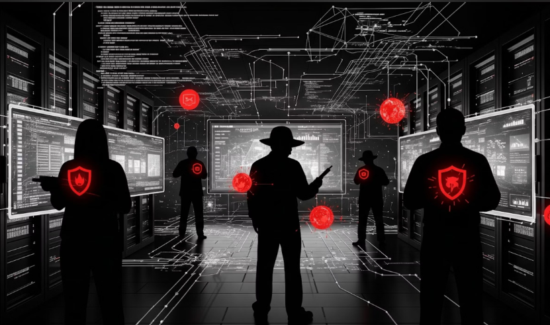Reducing Risk in Your Endpoint Security Implementation


How can your business begin reducing risk in your endpoint security implementation? Why does it matter so much to your overall digital safety?
Here’s the ugly truth about hackers: they always work smarter, not harder. As a group, they tend to pick the lowest hanging fruit which they can breach with the minimum amount of effort. Part of the appeal of cybersecurity isn’t just in its capabilities but in its simple presence; a good number of hackers will observe a heavily fortified network and decide to pick an easier target.
Of course, this only works if your cybersecurity is as strong as it initially appears. Other hackers may scan your IT environment’s endpoint security for vulnerabilities and use whatever they find as an access point.
Therefore, reducing risk in your endpoint security should remain a top priority for your business IT security team. Of course, vendors and solution providers should also check their offerings for vulnerabilities. However, you need to invest the time and effort to find potential security gaps as well; after all, hackers don’t care who is ultimately responsible for a vulnerability. All that matters is that it exists.
Reducing Risk in Your Endpoint Security Implementation
EDR
We can’t stress enough that antivirus solutions aren’t enough anymore to protect your business devices and databases. Antivirus can’t prevent or detect 100 percent of all malware, especially given how quickly the threat landscape evolves. As a result, malware may infiltrate your devices and linger on your network, causing damage under the surface.
Instead, you need to invest in next-generation endpoint detection and response (EDR). EDR functions similarly to SIEM, in that it aggregates security event data and monitors behaviors looking for malicious indicators. Then, if it detects a potential threat, it sends an alert to your IT security team. Thus EDR can help detect malware before it has a chance to fully attack, mitigating damage long-term and helping security professionals find vulnerabilities.
VPNs
Reducing risk in your endpoint security doesn’t just involve devices directly. Instead, it also involves any component with which your devices interact. After all, devices are how your employees and users interact with and reach your network.
So you need to consider Wi-Fi connections as well as device health. Unsecured Wi-Fi connections, including public and personal connections, lack the protection of private business Wi-Fi; as such, hackers frequently use it as a gateway to device attacks or as a mechanism to intercept sensitive messages.
To combat this, your enterprise should invest in a virtual private network (VPN). In simple terms, this extends the protections of a private Wi-Fi connection to public and personal connections. Therefore, hackers can’t use this attack vector as they normally would.
Email Security
One of the most critical paths to reducing risk in your endpoint security involves the most extensive attack vector in your enterprise: your employees. Their behaviors determine whether your cybersecurity and endpoint security will actually succeed; a single employee opening a malicious phishing email could spell doom for your organization.
Therefore, investing in regular, up-to-date, and engaging cybersecurity education should become a top priority for your business. Your employees must have the ability to recognize a suspicious email message immediately and know security communications channels in case they suspect a breach.
However, you can also assist your employees by reducing the number of malicious emails your employees receive; this is where email security steps in by intercepting potentially malicious emails and preventing them from reaching inboxes.
Of course, these tactics and steps represent only a small proportion of the ways your business can reduce risk. You can learn more in the Endpoint Security Buyer’s Guide.



















